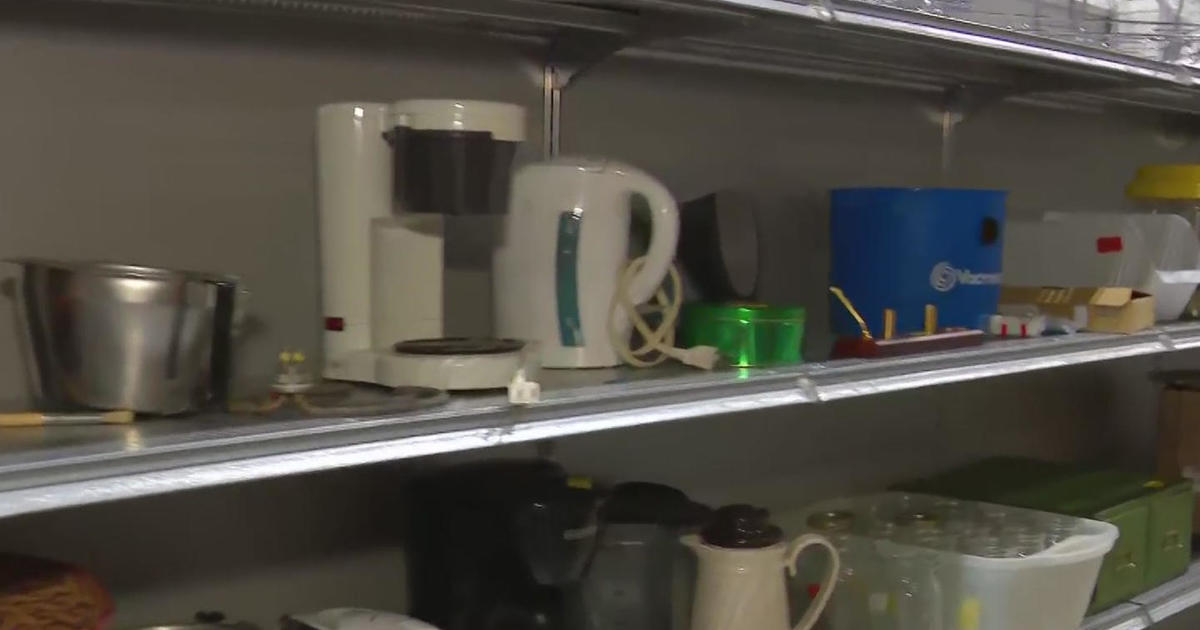What Does Minnesota's COVID-19 Modeling Say?
MINNEAPOLIS (WCCO) -- Minnesota Governor Tim Walz has said the information from state's COVID-19 modeling is one of the major considerations in the stay-at-home order.
The model was first introduced in March, but the state released more details on in on Friday. It's now public on the state's website.
So, what does the model say? Good Question.
It's a joint effort between researchers at the University of Minnesota and the Minnesota Department of Health. It's now in a second version, given that new COVID-19 information is constantly changing.
"There is a lot of uncertainty about the data inputs, about the assumptions," said State Health Economist Stefan Gildemeister. "That uncertainty is reflected in the ranges."
Like any model, Minnesota's makes certain assumptions. It assumes things like how long a person is infectious (8 days), how many people an infected person will give the virus to (3.7 people) and how long patients who go to the hospital spend there (13 days).
It also uses data points like the number of Minnesota COVID-19 deaths and available ICU beds.
In their presentation to the press on Friday, the modelers laid out four hypothetical scenarios. One of the scenarios was that the stay-at-home order would be extended through May 8th. (It's currently extended through May 4th.)
In that scenario, it forecasts peak COVID-19 cases and ICU needs to occur sometime between late June and mid-August, where the mid-point would be July 13. It also forecasts COVID-19 deaths in Minnesota to be between 9,000 and 36,000, where the mid-point would be 22,000.
Those forecasts are very different from the widely reported model developed at the University of Washington Institute for Health Metrics and Evaluation (IHME). On Friday, it predicted 442 deaths in Minnesota due to COVID-19.
State officials say Minnesota's model is different from Washington's in a few different ways. First, Washington's goes only through the summer, while Minnesota's goes an entire year. Gildemeister also said Washington's model assumes more restrictive social distancing and uncertain data on deaths in China.
According to Dr. Ali Mokdad, one of IHME's senior faculty, that model uses the mortality data from each state and then reversed engineers that number to come up with its forecast.
"The most important part that you and I need to focus on and the people that are listening to us is that all the models that are out there are showing the same message," Dr. Mokdad said. "That social distancing is working, this is a deadly virus and we have to take it seriously and stay at home."
In his briefings, Governor Walz asked Minnesotans not to focus on specific numbers, but rather focus on when the peaks might occur.
"Modeling was never meant to provide a number," Governor Walz said on Wednesday. "It was meant to show trend and direction, that if you social distance you buy more time."
In addition to the modeling, state leaders say they're taking information from the CDC, what other states are doing and what hospitals are telling them when deciding what to do with Minnesota's stay-at-home order.



